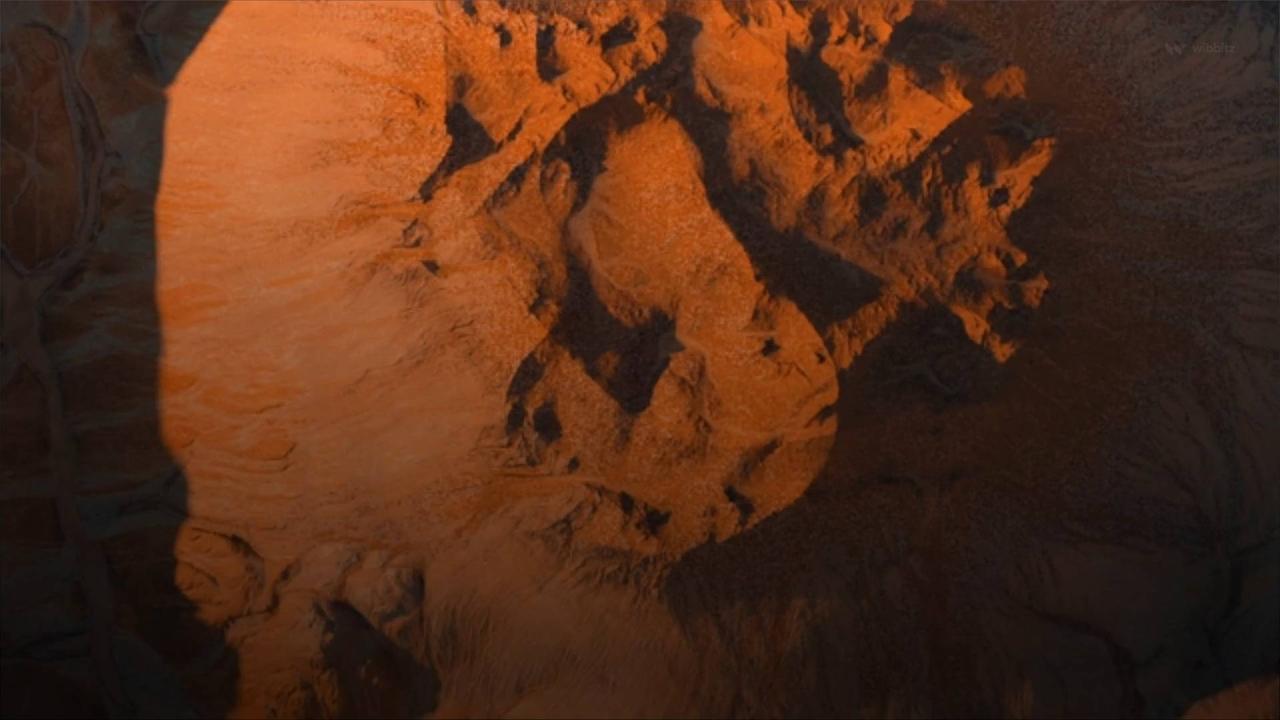NASA Discovers Mysterious Martian 'Hole' That Could Shelter Future Astronauts

NASA Discovers Mysterious Martian 'Hole' That Could Shelter Future Astronauts
NASA Discovers Mysterious , Martian 'Hole' That Could , Shelter Future Astronauts.
'LiveScience' reports that scientists have discovered a mysterious pit on the side of an ancient volcano on Mars.
The discovery has generated excitement due to what it may reveal beneath the Red Planet's surface.
Images of the pit were first captured by NASA's Mars Reconnaissance Orbiter.
.
The hole's origins and depth remain unknown.
This pit, found on an extinct lava flow of Arsia Mons, appears to be a vertical shaft that scientists believe could lead to a much larger cavern.
.
The pit could also be a deep lava tube formed at a time when Arsia Mons was still active.
Due to the thin atmosphere and lack of a magnetic field, scientists have looked to pits and caves to potentially shelter astronauts in the future.
.
'LiveScience' reports that if Mars ever hosted life, those organisms may have sheltered in pits like this one, which could offer protection and even allow life to flourish.
.
If future missions reveal that the pit leads to a large open cave, it could provide the perfect landing site for crewed missions to Mars in the future.


![VIDEO: Meteorite Crash Sparks PANIC Across South Carolina, Georgia After 'FIREBALL' Seen In Sky [Video]](https://video.newsserve.net/300/v/20250627/1414909394-VIDEO-Meteorite-Crash-Sparks-PANIC-Across-South-Carolina.jpg)

![The biggest piece of Mars on Earth is being auctioned off in New York [Video]](https://video.newsserve.net/300/v/20250714/1416379824-The-biggest-piece-of-Mars-on-Earth-is.jpg)